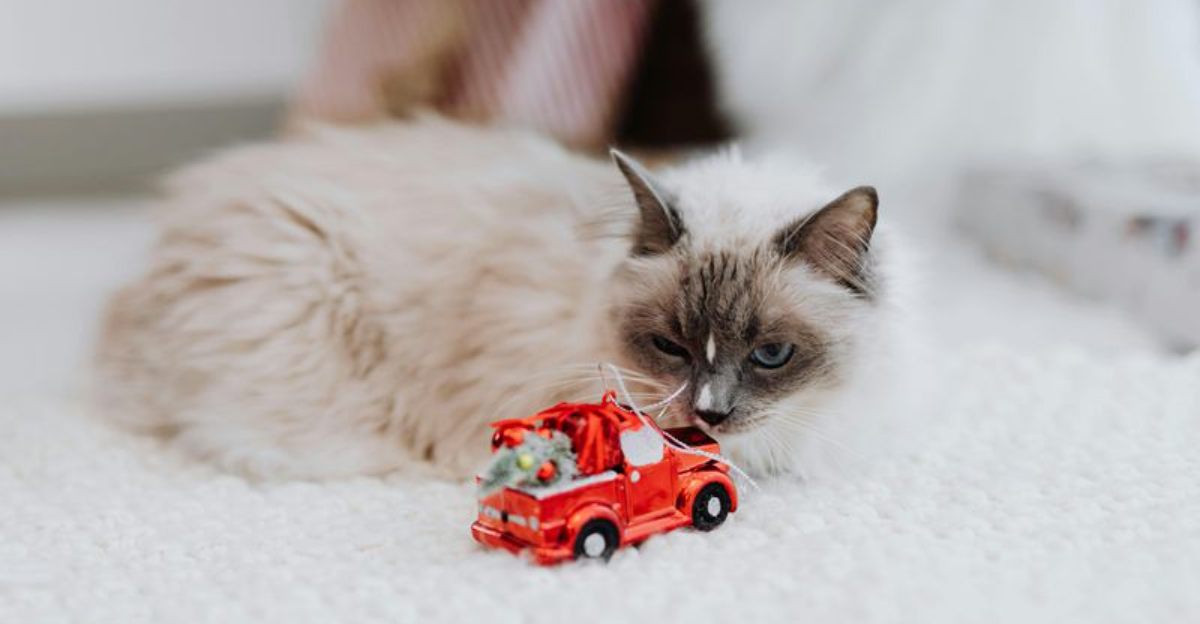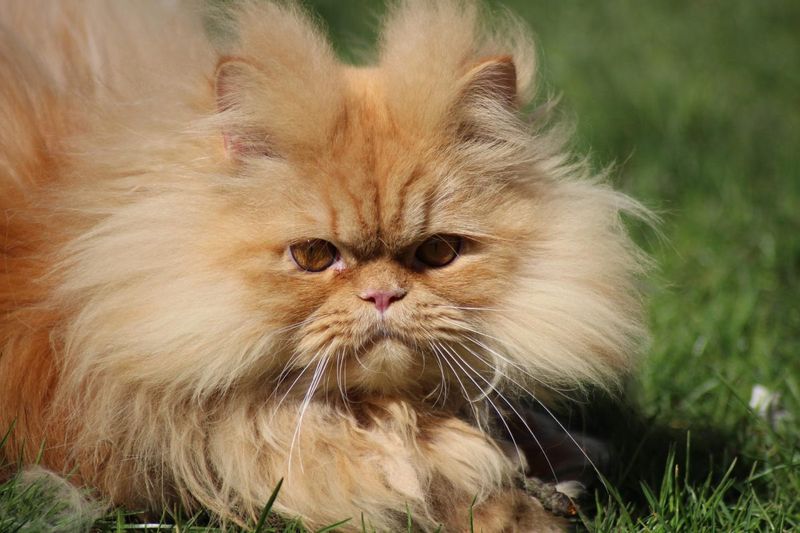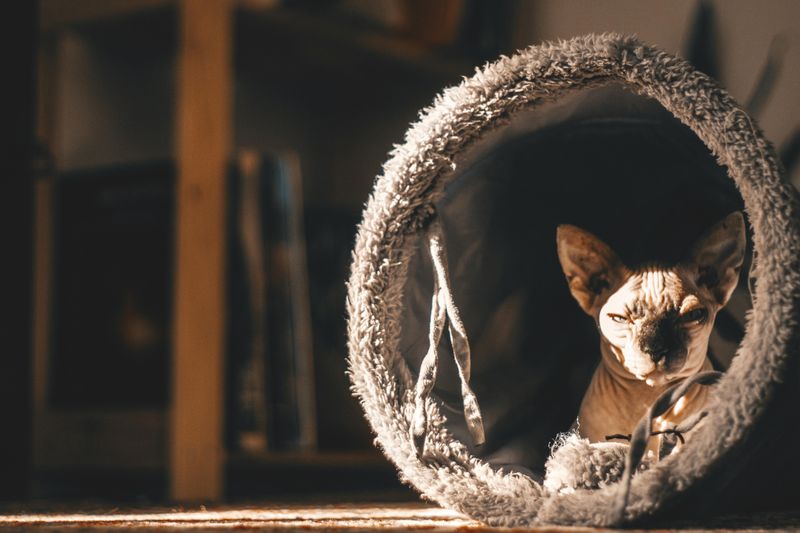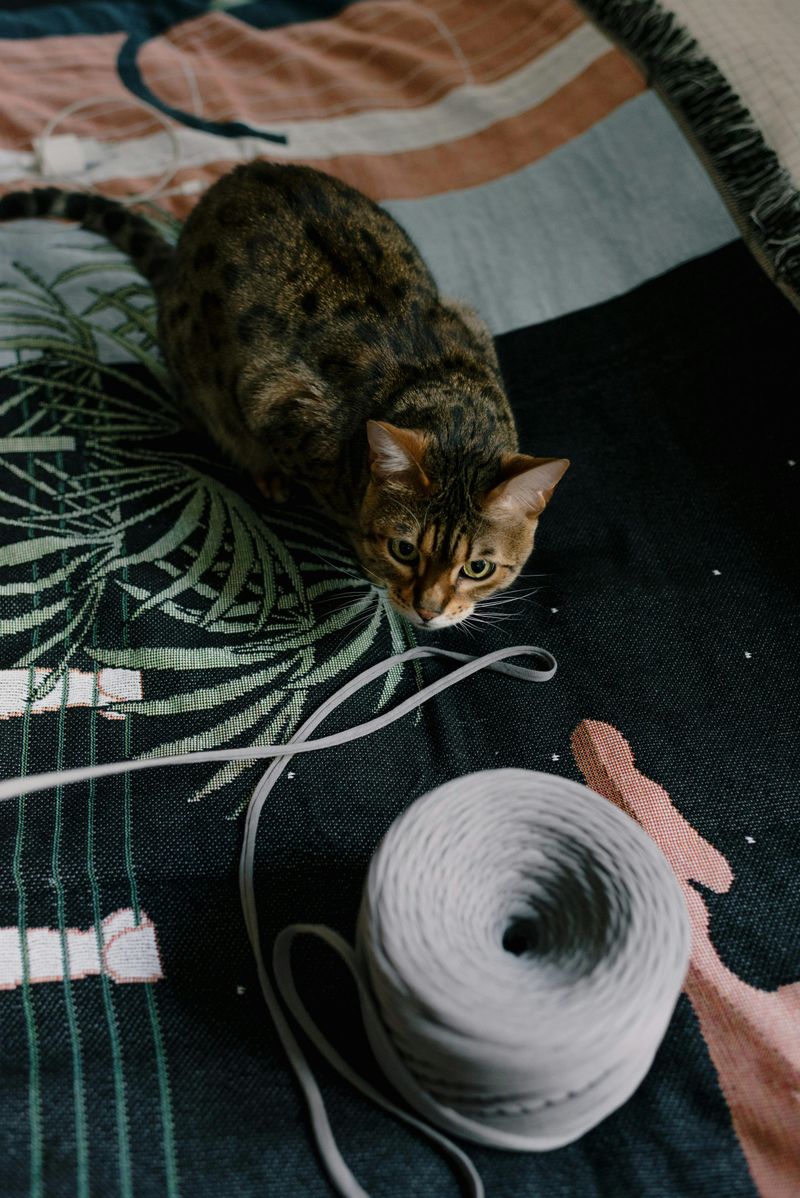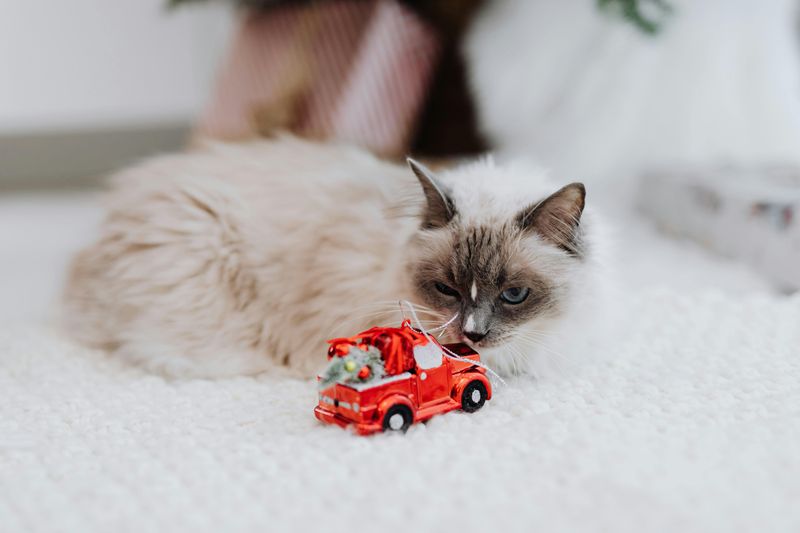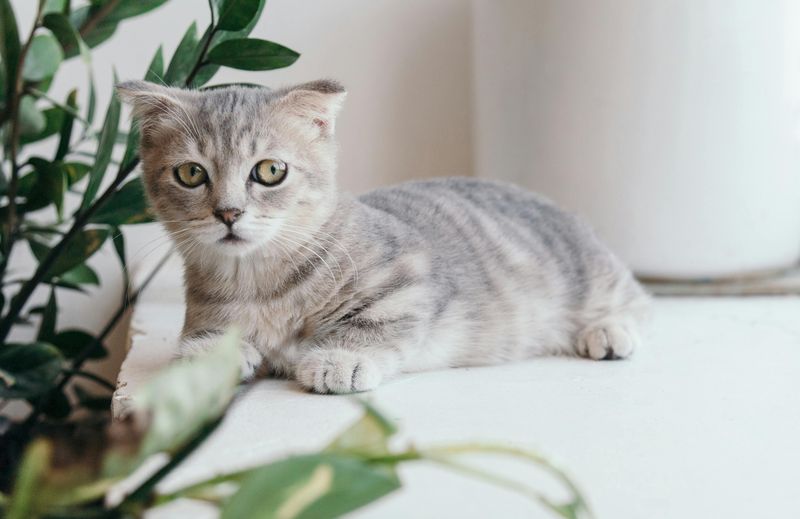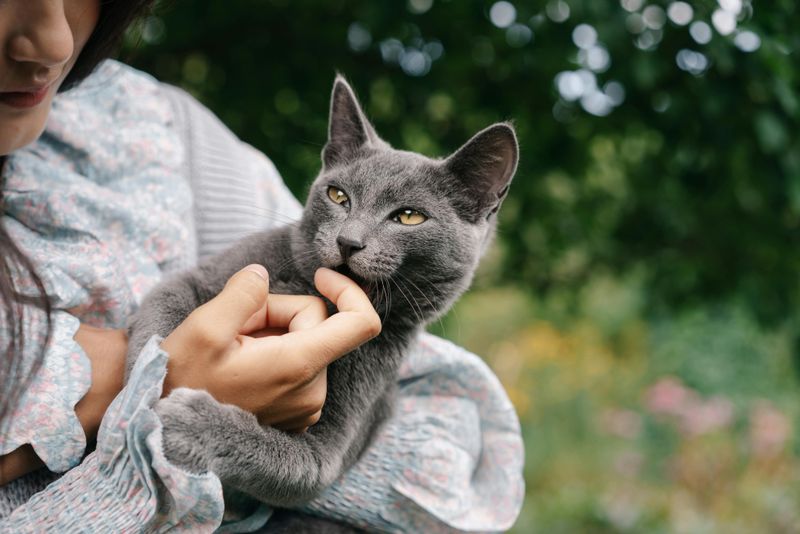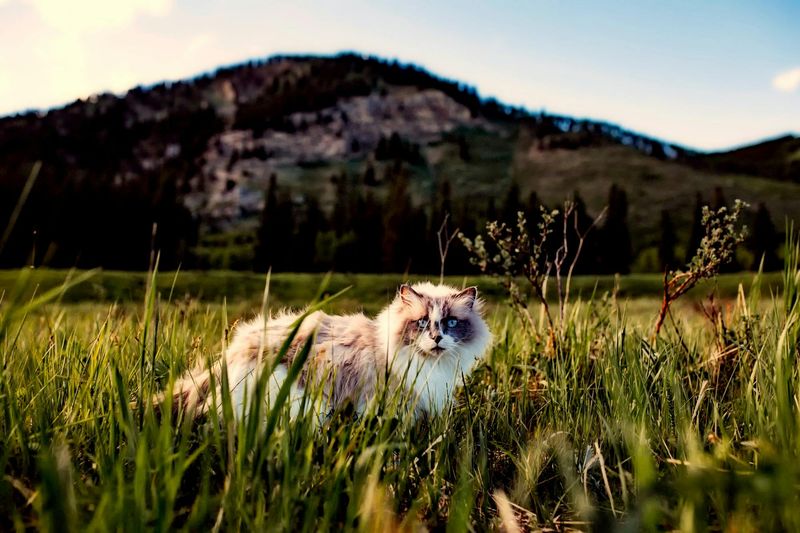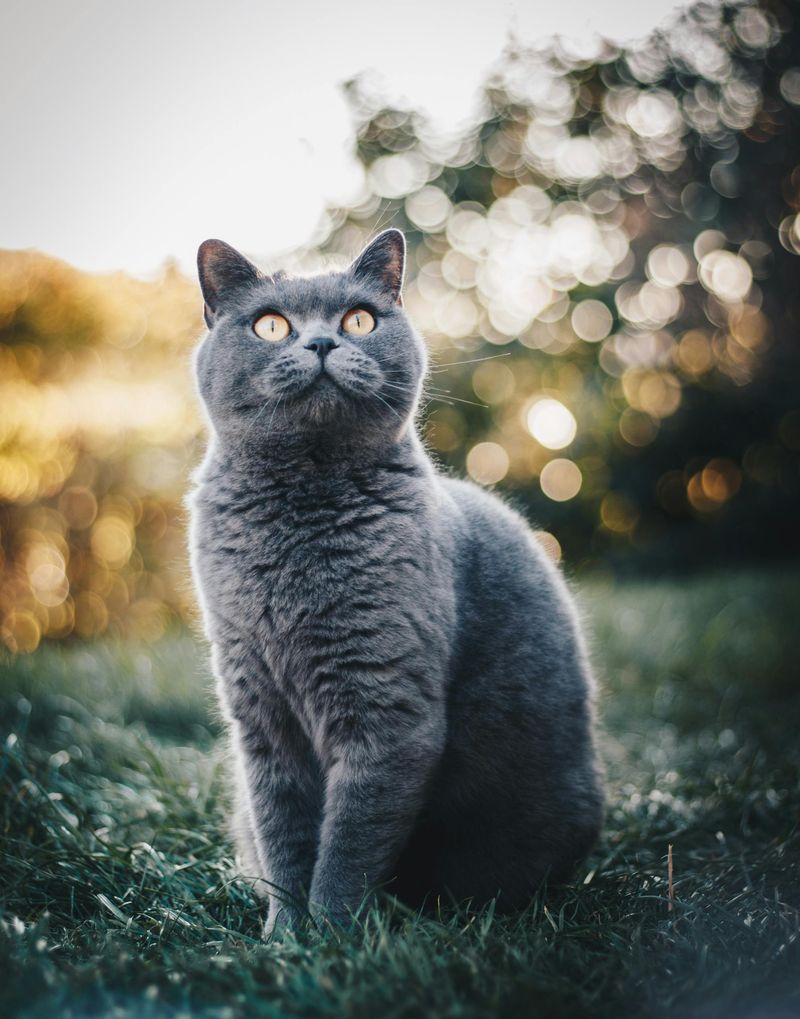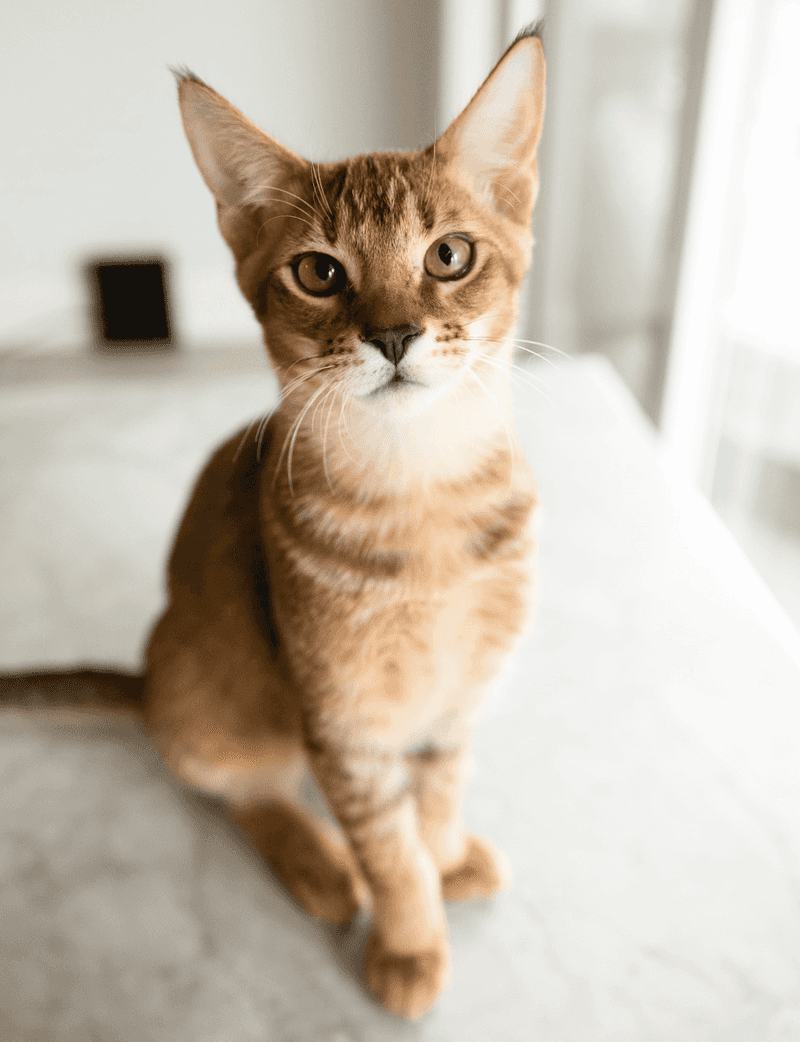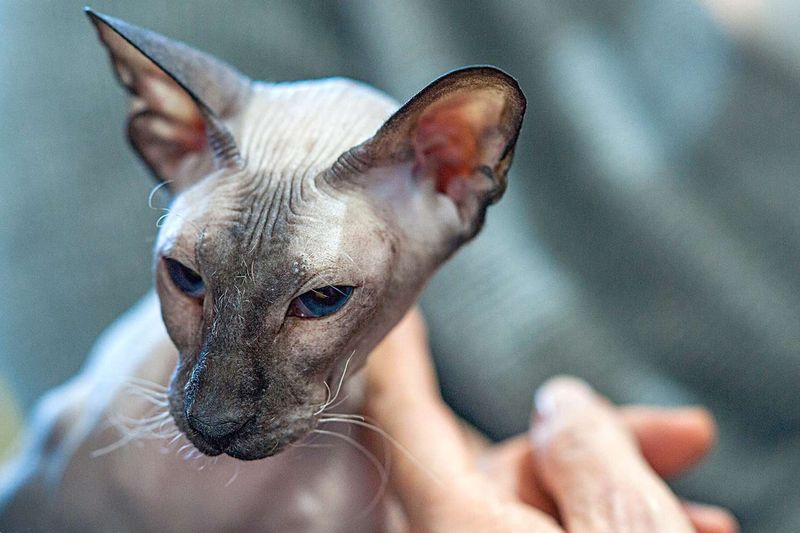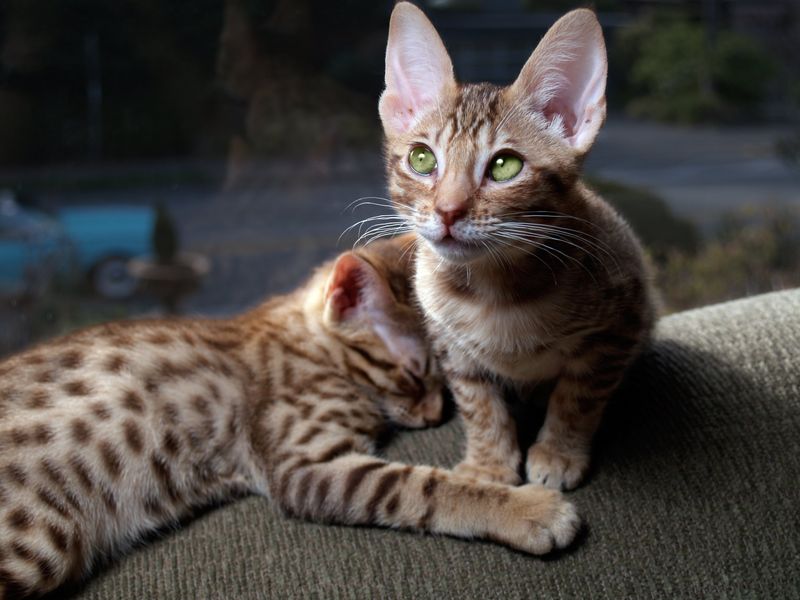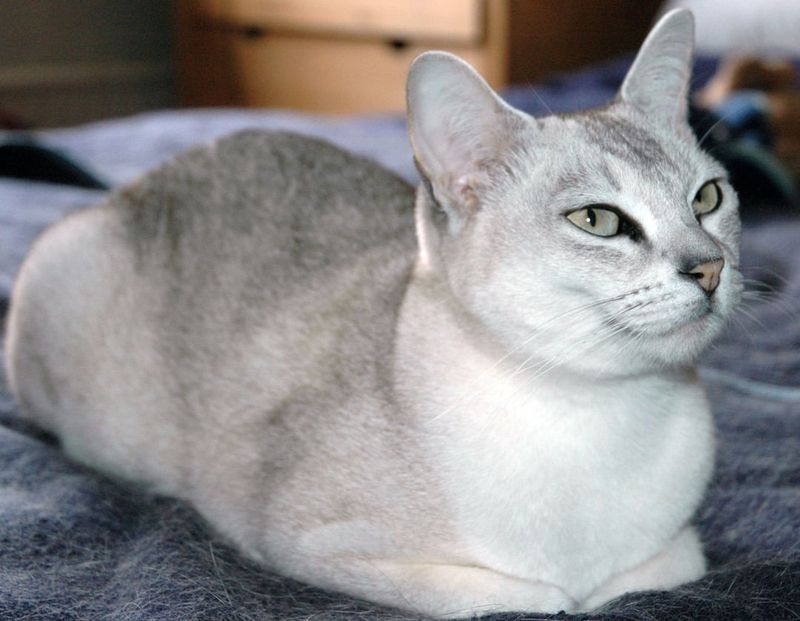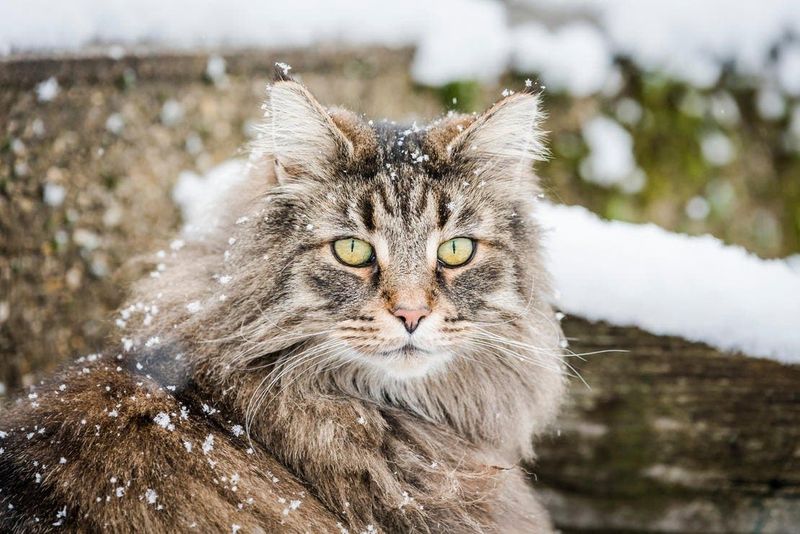📖 Table of Content:
When it comes to choosing a feline companion, most people think about personality, appearance, and maybe how much fur they’ll find on the couch — but not everyone considers the cost of care. While all cats require food, love, and the occasional vet visit, some breeds demand far more in terms of time, money, and maintenance. From specialized diets to frequent grooming and chronic health issues, certain cats can be surprisingly expensive to keep happy and healthy.
Breed-specific health conditions, grooming needs, and behavioral quirks can all add layers of complexity to cat care. Some cats need regular baths or professional grooming just to stay comfortable, while others are prone to genetic disorders that require ongoing treatment. On top of that, larger or more active breeds might go through toys and furniture faster, while high-strung personalities may lead to extra spending on enrichment tools or even behavioral therapy. These costs can add up fast — especially if you’re not prepared.
If you’re considering bringing home a purebred cat, it’s crucial to know what you’re signing up for. To help you make an informed decision, we’ve rounded up 15 of the costliest cat breeds to care for — not just based on their purchase price, but their long-term needs and hidden expenses. Whether you’re drawn to the wild charm of a Bengal or the regal fluff of a Persian, knowing the financial commitment involved can save you a lot of surprise vet bills and stress down the road.
1. Savannah Cat
Known for their exotic, wildcat appearance, Savannah cats are one of the most expensive breeds to maintain. Because of their Serval ancestry, they often require special licenses or permits in some regions. Owners quickly realize they need ample space, high-energy enrichment, and secure enclosures to prevent escape. Unlike typical domestic cats, they may not tolerate boredom well and can become destructive if under-stimulated. Raw or high-protein diets are frequently recommended, which significantly raises food costs. Vet care can be tricky due to their hybrid genetics, requiring specialized knowledge and testing. All these needs combined make Savannah cats one of the priciest companions around.
2. Persian
Elegant and fluffy, Persian cats are as demanding as they are beautiful. Daily brushing is non-negotiable, as their long coats tangle and mat easily without constant care. Many also require routine eye cleaning due to tear staining and flat facial structure. Unfortunately, this breed is prone to serious health concerns, including polycystic kidney disease and respiratory issues. Visits to the vet can quickly become frequent and expensive. Grooming bills add up, especially if you rely on professional groomers. For all their charm, Persians come with a price tag that extends well beyond the initial purchase.
3. Maine Coon
Massive in size and heart, the Maine Coon is an affectionate breed with an appetite to match. Their diet must support their large frame, which can translate into double the cost of standard cat food. Grooming may seem manageable, but their thick coat requires consistent brushing to avoid matting and shedding overload. As they age, joint problems and heart conditions like hypertrophic cardiomyopathy often emerge. Owners frequently invest in pet insurance due to these breed-specific risks. Durable, oversized toys and climbing structures are a must, given their strength and playful nature. Choosing a Maine Coon means preparing for both emotional and financial commitment.
4. Sphynx
Despite having no fur, Sphynx cats demand more skincare than most other breeds. Their exposed skin collects oils and dirt easily, requiring weekly baths to avoid irritation and infections. Temperature sensitivity adds another layer of care — many need heated beds, sweaters, or extra layers to stay warm. They also face risks like sunburn and fungal infections if exposed to the outdoors. Veterinary care is essential to monitor for conditions like heart disease, which is more common in this breed. Feeding them can be costlier, too, as their high metabolism means more frequent meals. In short, the Sphynx is anything but low-maintenance.
5. Bengal
Designed to look wild but act domesticated, Bengals are striking cats with energy levels that rival dogs. Their intelligence and curiosity mean they need constant engagement, or your furniture may pay the price. Owners often invest in elaborate climbing structures, interactive toys, and even puzzle feeders. Special diets are not uncommon due to sensitive stomachs. Behavioral training may be necessary for their more vocal or assertive tendencies. Travel and boarding can be challenging, as few facilities cater to their specific needs. Though beautiful, Bengals require a serious investment of both money and time.
6. Himalayan
Blending the Persian’s plush coat with the Siamese’s vocal presence, Himalayans are a demanding but lovable breed. Frequent grooming is essential to maintain their long fur and prevent matting. Their tear-prone eyes need daily cleaning, and their flat faces contribute to respiratory concerns. It’s not unusual for owners to spend more on vet care for chronic issues like kidney disease. They also tend to be anxious in chaotic environments, sometimes needing calming aids or pheromone diffusers. High-quality diets are recommended to avoid digestive problems. Owning a Himalayan often means budgeting for beauty and wellness alike.
7. Scottish Fold
Adored for their folded ears and round faces, Scottish Folds come with hidden health challenges. A genetic mutation that causes their unique ears also leads to painful cartilage and bone issues. Many suffer from arthritis early in life and need lifelong pain management. Veterinary monitoring becomes critical, with costs rising as mobility decreases. Despite their easygoing temperament, these cats may struggle with activity restrictions. Owners often find themselves investing in ramps, orthopedic beds, and joint-support supplements. The cost of comfort for a Scottish Fold is steep but necessary.
8. Russian Blue
Shy and regal, the Russian Blue is a relatively healthy breed with hidden sensitivities. Their digestive systems are often picky, requiring top-tier food to avoid upset. Shedding can be significant despite their short hair, demanding regular brushing to control allergens. They bond deeply with their humans and may suffer from separation anxiety if left alone often. Behavioral enrichment tools — such as window perches and interactive toys — are essential to keep them mentally engaged. Dental issues may crop up over time, requiring regular cleanings. Subtle in demeanor but not in cost, the Russian Blue quietly adds up.
9. Ragdoll
With their floppy posture and sweet disposition, Ragdolls are the teddy bears of the cat world. However, their plush coats tangle easily and need consistent grooming. Size is a major factor — larger cats mean more food, larger litter boxes, and sturdier carriers. Health issues like bladder infections and hypertrophic cardiomyopathy tend to emerge with age. They are sensitive souls and may need calming products to deal with stress or environmental changes. Owners often find themselves spending extra to maintain both physical and emotional wellbeing. While their demeanor is low-drama, their care is anything but low-cost.
10. British Shorthair
Sturdy and independent, British Shorthairs carry themselves with quiet dignity. Their dense coats shed heavily, especially in spring and fall, requiring frequent brushing. Weight gain is a common issue, so diet management becomes an ongoing expense. Though generally calm, they can suffer from heart issues like HCM, which necessitate regular checkups. Dental problems are also prevalent and demand preventative care. Insurance is often recommended due to breed-specific risks. The British Shorthair’s laid-back lifestyle may seem easy, but it hides recurring costs.
11. Chausie
Chausies are exotic hybrids that exude wild energy and demand. Descended from jungle cats, they require huge amounts of stimulation and space. Without it, they may act out with destructive or aggressive behavior. Special diets are needed to avoid digestive issues that stem from their unique lineage. They often don’t mesh well with smaller pets or young children, making behavioral consultations more common. Finding vets experienced with hybrid cats can be a challenge in itself. These cats thrive in the right environment — but creating that environment is expensive.
12. Peterbald
Slim, hairless, and elegant, Peterbalds are captivating but require consistent maintenance. Their skin must be bathed regularly to avoid oil buildup and irritation. Without fur, they’re vulnerable to temperature extremes and need warm bedding or clothing. Feeding costs can rise due to their fast metabolisms and frequent meals. Dental care is a particular concern, with many needing early and regular cleanings. Their sensitive personalities can lead to anxiety in busy households. The unique charm of the Peterbald carries an equally unique price tag.
13. Ocicat
Wild in appearance but fully domestic in nature, Ocicats thrive on constant attention. They become bored quickly, which can lead to destructive habits if not kept stimulated. This means an investment in toys, cat trees, and interactive playtime is non-negotiable. Though generally healthy, their active lifestyle demands a nutrient-rich, quality diet. They form deep bonds with their humans and often dislike being left alone, requiring additional companionship or pet-sitting costs. Durable furniture is a must — flimsy scratchers won’t stand a chance. The cost of keeping an Ocicat happy is ongoing and non-trivial.
14. Burmilla
The Burmilla’s shimmering coat and striking eyes are only part of the story. They are prone to allergies and skin sensitivities that often require prescription food and specialized care. Long-term grooming needs are moderate but spike during seasonal shedding. Dental hygiene is critical, as they’re predisposed to gum disease. These cats also suffer from occasional eye discharge, necessitating regular cleaning. Because they’re a rarer breed, finding a knowledgeable vet can sometimes involve travel or specialty clinics. Every detail of Burmilla care leans toward the expensive side.
15. Norwegian Forest Cat
Built for Nordic climates, Norwegian Forest Cats boast thick, water-resistant coats that demand thorough grooming. Their large bodies need hearty meals, which raises food expenses. Common issues include heart disease and kidney problems, which increase vet bills over time. These cats are active climbers and need tall trees or multi-level towers to stay entertained. Owners often invest in reinforced furniture to handle their size and strength. Regular checkups are crucial to catch genetic issues early. Living with a “Wegie” is rewarding — but not cheap.
